Eugène Viollet-le-Duc was a 19th-century French architect. His work included both theory and historical writings on architecture. Viollet-le-Duc championed the so-called faithful renovation style, restoring missing parts and imitating original styles.
He was born in Paris on January 27, 1814 to a wealthy family. Viollet-le-Duc was interested in architecture from an early age, but refused to enroll at France’s School of Fine Arts, preferring to gain direct experience in an architect’s studio.
During this period, France began efforts to protect its architectural heritage. Restoration became a central issue in cultural debates. In 1830, the French government mandated an organization to inspect historical monuments. It promoted building restoration, focusing on medieval structures.
Author and historian Prosper Mérimée headed this new institution. In 1840, he asked Viollet-le-Duc to restore the 12th-century Vézelay Abbey. Over the following years, the architect restored many of France’s important Medieval monuments.
His first projects included Notre-Dame Cathedral and Sainte-Chapelle in Paris. He later worked on the Basilica of Saint-Denis as well as the cathedrals of Amiens and Reims.
These buildings had great artistic value and they were among the most important symbols of France’s national identity.
Viollet-le-Duc's philosophy about restoration, expressed in his theoretical writings, was to revive the Middle Ages. He thought monuments should be restored to completeness in the original building style. In the absence of reliable information, however, restorers used imagination to fill in the architectural blanks, sometimes adding fanciful touches. This approach of integrated or faithful renovation required arbitrary decisions and came under harsh criticism.
The restoration of the Carcassonne Citadel is a prime example of this controversial approach. The ancient fortified citadel was completely rebuilt.
Viollet-le-Duc used the same techniques for his restoration of Pierrefonds Castle. He worked on the project until the end of his life.
He died in Lausanne, Switzerland, on September 17, 1879. He is celebrated in France for reviving the Middle Ages. However, his theories on restoration are largely obsolete today.
He was born in Paris on January 27, 1814 to a wealthy family. Viollet-le-Duc was interested in architecture from an early age, but refused to enroll at France’s School of Fine Arts, preferring to gain direct experience in an architect’s studio.
During this period, France began efforts to protect its architectural heritage. Restoration became a central issue in cultural debates. In 1830, the French government mandated an organization to inspect historical monuments. It promoted building restoration, focusing on medieval structures.
Author and historian Prosper Mérimée headed this new institution. In 1840, he asked Viollet-le-Duc to restore the 12th-century Vézelay Abbey. Over the following years, the architect restored many of France’s important Medieval monuments.
His first projects included Notre-Dame Cathedral and Sainte-Chapelle in Paris. He later worked on the Basilica of Saint-Denis as well as the cathedrals of Amiens and Reims.
These buildings had great artistic value and they were among the most important symbols of France’s national identity.
Viollet-le-Duc's philosophy about restoration, expressed in his theoretical writings, was to revive the Middle Ages. He thought monuments should be restored to completeness in the original building style. In the absence of reliable information, however, restorers used imagination to fill in the architectural blanks, sometimes adding fanciful touches. This approach of integrated or faithful renovation required arbitrary decisions and came under harsh criticism.
The restoration of the Carcassonne Citadel is a prime example of this controversial approach. The ancient fortified citadel was completely rebuilt.
Viollet-le-Duc used the same techniques for his restoration of Pierrefonds Castle. He worked on the project until the end of his life.
He died in Lausanne, Switzerland, on September 17, 1879. He is celebrated in France for reviving the Middle Ages. However, his theories on restoration are largely obsolete today.
RELATED
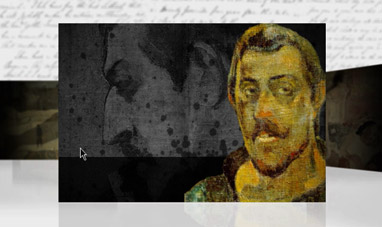

PAUL GAUGUIN
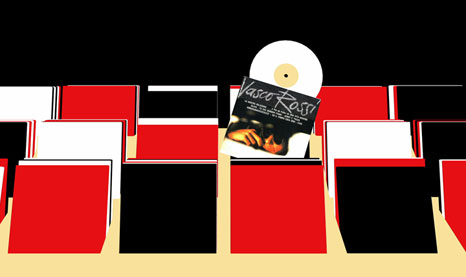

VASCO ROSSI
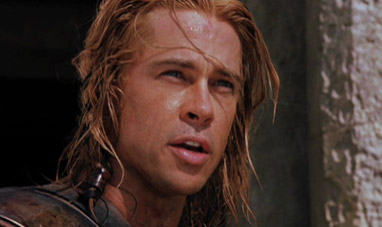

BRAD PITT
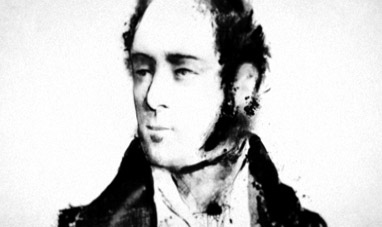

VINCENZO BELLINI
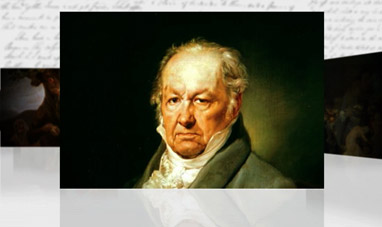

FRANCISCO GOYA
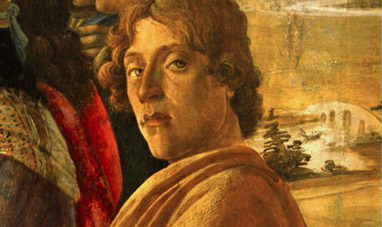

SANDRO BOTTICELLI
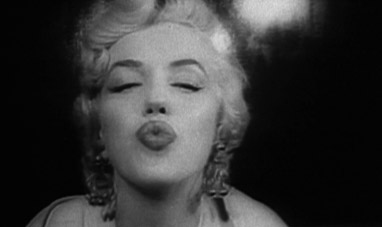

MARILYN MONROE
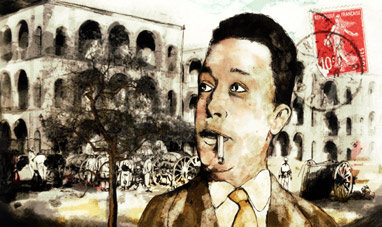

ALBERT CAMUS
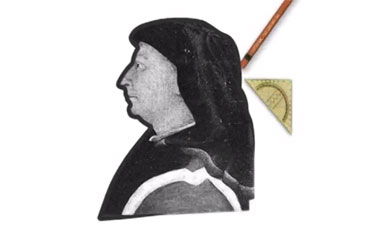

FILIPPO BRUNELLESCHI
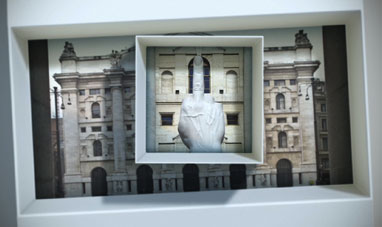

MAURIZIO CATTELAN


ERNST LUDWIG KIRCHNER
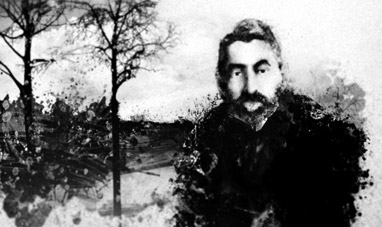

CLAUDE DEBUSSY
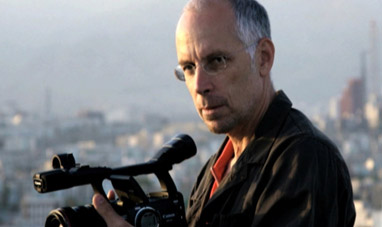

GABRIELE SALVATORES


ADOLF LOOS
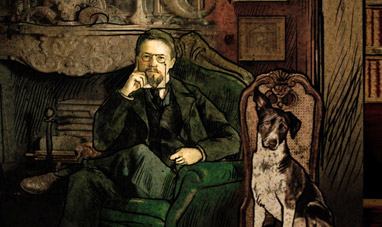

ANTON CHEKHOV
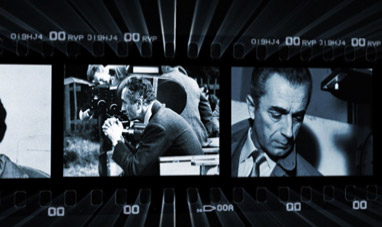

MICHELANGELO ANTONIONI


CARA DELEVINGNE
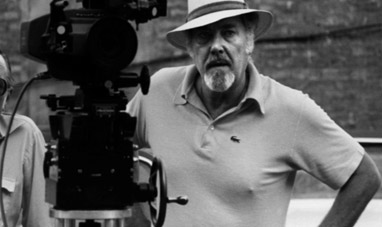

ROBERT ALTMAN
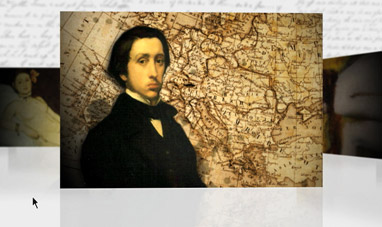

EDGAR DEGAS
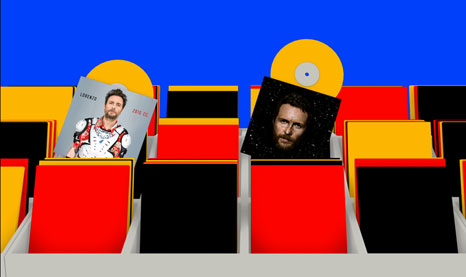

JOVANOTTI
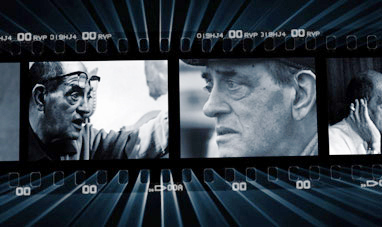

LUIS BUÑUEL


GIULIO PAOLINI
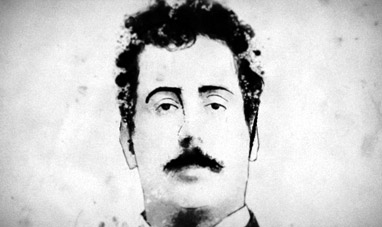

GIACOMO PUCCINI


TITIAN
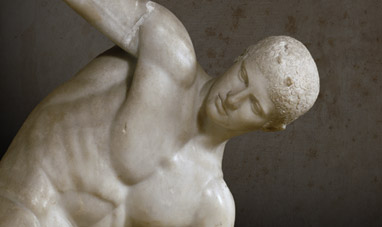

MYRON
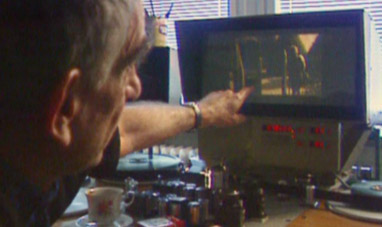

KRZYSZTOF KIELOWSKI
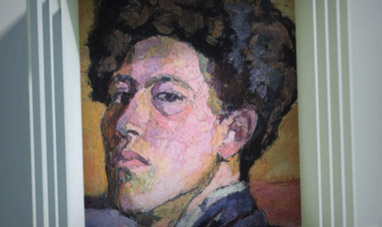

ALBERTO GIACOMETTI


SERGEI RACHMANINOFF
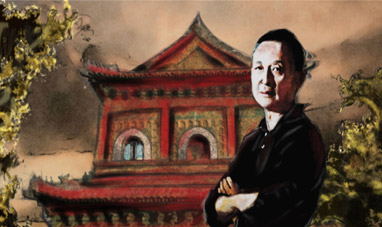

GAO XINGJIAN
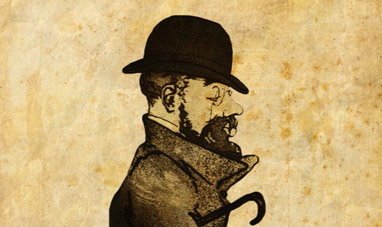

HENRI DE TOULOUSE-LAUTREC
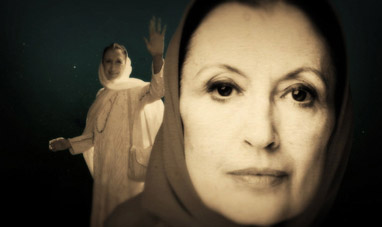

CARLA FRACCI
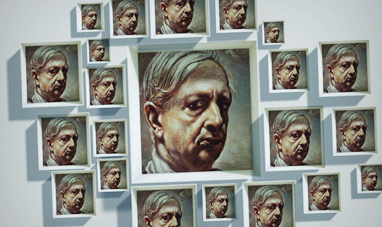

GIORGIO DE CHIRICO
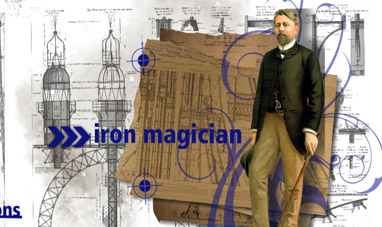

GUSTAVE EIFFEL
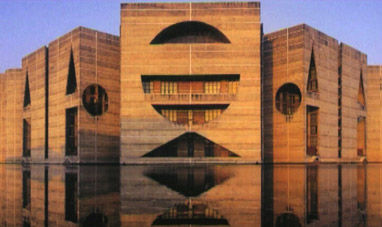

LOUIS KAHN


VITTORIO DE SICA
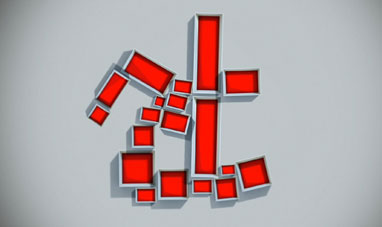

MICHELANGELO PISTOLETTO
